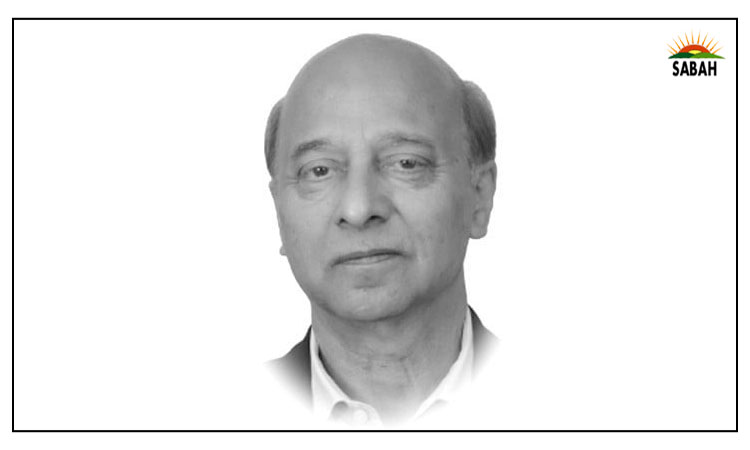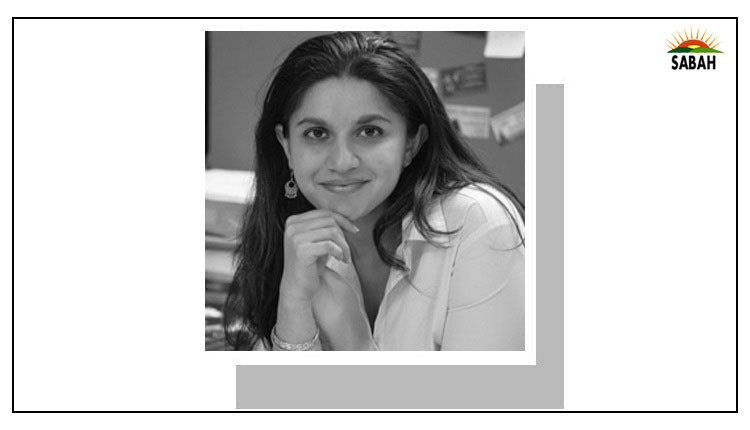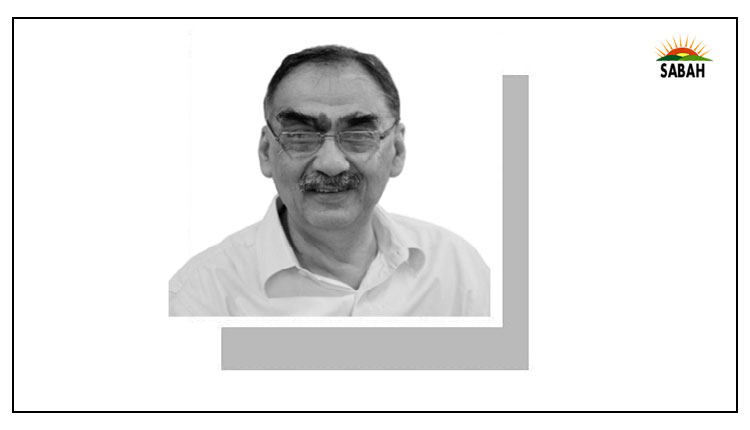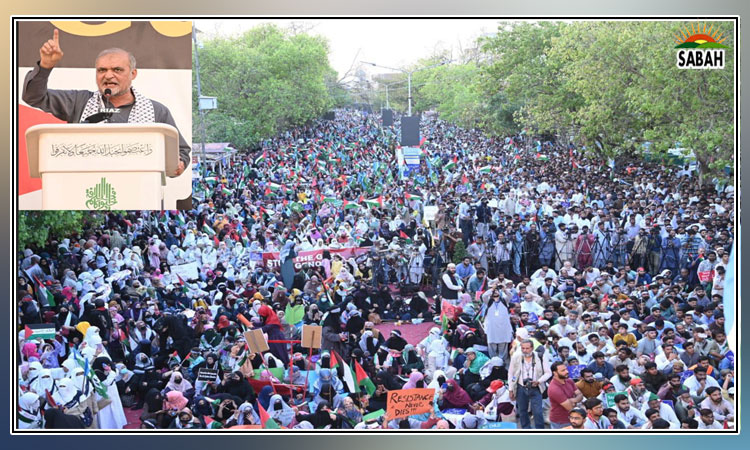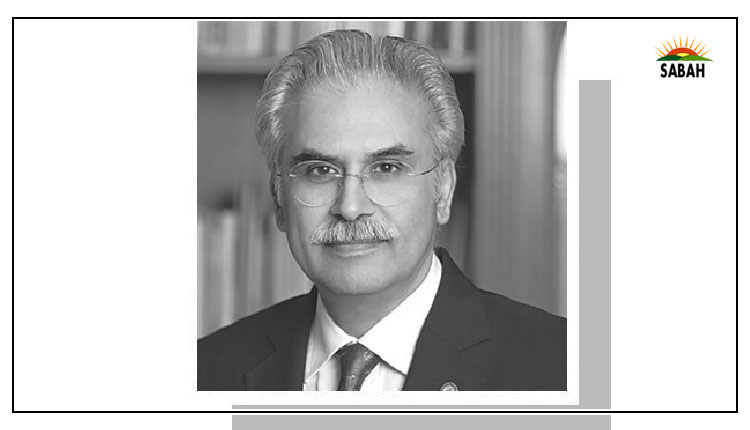Bitter sweet…Zafar Mirza
DIABETES is on a rampage in Pakistan. We are now a country with the third largest population of diabetic adults after China and India. According to the 10th edition of an atlas produced by the International Diabetes Federation in 2021, Pakistan has 33 million adults with diabetes. This comes to approximately one in four adults above 20 years of age. Even more alarmingly, if we do not take remedial action in terms of prevention and treatment, by 2030 this number is projected to swell to around 43m and, if negligence continues, by 2050, the diabetic population will rise to 62m. Currently, 8.9m people are also estimated to be undiagnosed and another 11m adults have impaired glucose intolerance, ie prediabetes.
In 1990, diabetes didnt even appear among the 25 leading causes of disability-adjusted life years (DALYs) in Pakistan; ie, years of life lost due to premature death plus years lived with disability. By 2019, however, diabetes had jumped to become the eighth leading cause of DALYs. In the decade between 2009 and 2019, death and disability due to diabetes increased by 87 per cent in Pakistan. The trends are dire.
Why is there such a huge number of patients and how to stop this onslaught?
But before that, a word about diabetes, which is commonly known in Pakistan as sugar kee beemari. In medical science, it is known as diabetes mellitus. Etymologically, both these words are of Greek origin diabetes means excessive urine and mellitus means sweet. The disease has been known for millennia but the breakthrough came as recently as 1921-22, when a group of researchers in Toronto purified insulin for clinical use. The WHO describes diabetes as a chronic disease that occurs either when the pancreas does not produce enough insulin or when the body cannot effectively use the insulin it produces. Insulin is a hormone that regulates blood glucose. Hyperglycaemia, also called raised blood glucose is a common effect of uncontrolled diabetes and over time leads to serious damage to many of the bodys systems, especially the nerves and blood vessels.
Insulin is essential for the entry of glucose the ultimate source of energy for us into cells. In Type 1 diabetes, for unknown reasons, the pancreas no longer produces insulin. The disease requires insulin on a daily basis. Type 1 diabetics cannot survive without insulin. Before the discovery of insulin, Type 1 diabetes was almost a death sentence.
Type 2 diabetes prevents our body from using insulin properly, which can lead to high levels of blood sugar. If not treated properly, it leads to serious physical damage, especially to the feet, eyes, kidneys and heart but, generally, it effects the whole body. Diabetics are also more prone to developing depression. The 33m diabetics in Pakistan actually have Type 2 diabetes. Type 1 diabetes, or insulin-dependent diabetes, affects a relatively miniscule number of people.
So, what has changed in Pakistan that we have such a huge growth in diabetes? Bhutta, Haq and Basit, in an article in The Lancet last year, discussed the crisis. The causality is multifactorial, and a result of coexisting genetic and environmental factors. But then, how have genetics and the environment changed to give rise to the current crisis situation? Lets break it down.
Genes with diabetes association and their wide spectrum of variants have been identified. Genetic factors become more significant due to repeated marriages among close relatives; ie consanguinity. Due to high consanguinity in Pakistan, the probability of genetic expression increases. So, repeated marriages within the family increase the chances of diabetes.
But the real issues lie on the environment side. The drastic, negative changes in our lifestyle and diets are considered to be the main culprits behind the high prevalence of diabetes. Along with other non-communicable diseases (NCDs), also called chronic diseases such as cardiovascular disease, cancer, chronic respiratory disease diabetes has a strong link with environmental and behavioural factors like unhealthy diet (malnutrition), lack of exercise (obesity), smoking, high blood pressure, air pollution and stress. All these are considered high-risk factors. Rural-urban transition has also played a major role in epidemiological transition to NCDs. Tracing 30-year trends in estimated deaths due to major disease groups in Pakistan reveals it was around 2010 when, for the first time, more deaths in the country happened due to NCDs rather than infectious diseases.
What is to be done? Prevention, early diagnosis through mass screening, and proper management are vital which is easier said than done as it requires a comprehensive health system response. This includes integrated delivery of preventive, promotive, curative and rehabilitative health services at all levels of the healthcare system, but most importantly at primary healthcare level. The onslaught of NCDs, including diabetes, cannot be dealt with at big hospitals. It requires a strong PHC with full involvement of trained community health workers and a lifelong continuum of care. Our health system is not equipped to deal with the epidemic of diabetes. It needs sustained and coordinated whole-of-government and societal efforts. The private health sector also has to be taken into the loop.
Professor Abdul Basit, head of the Baqai Institute of Diabetes and Endocrinology, is an authority on diabetes in Pakistan and he is working hard to turn the tide. He has led national diabetes surveys, registry and research, and contributes immensely at national and international levels. He has developed a plan to establish a national diabetes network consisting of 3,000 NDN clinics across the country through private providers. These clinics will provide the best possible care to diabetics without discrimination.
Meanwhile, with every fourth adult having diabetes in Pakistan, all of us should get our risk score calculated and act accordingly by adopting a healthy diet and lifestyle and, if need be, consulting a competent health professional. A locally developed Pakistani risk score calculator is available. Managed well, people with diabetes can lead happy and long lives.
Courtesy Dawn





